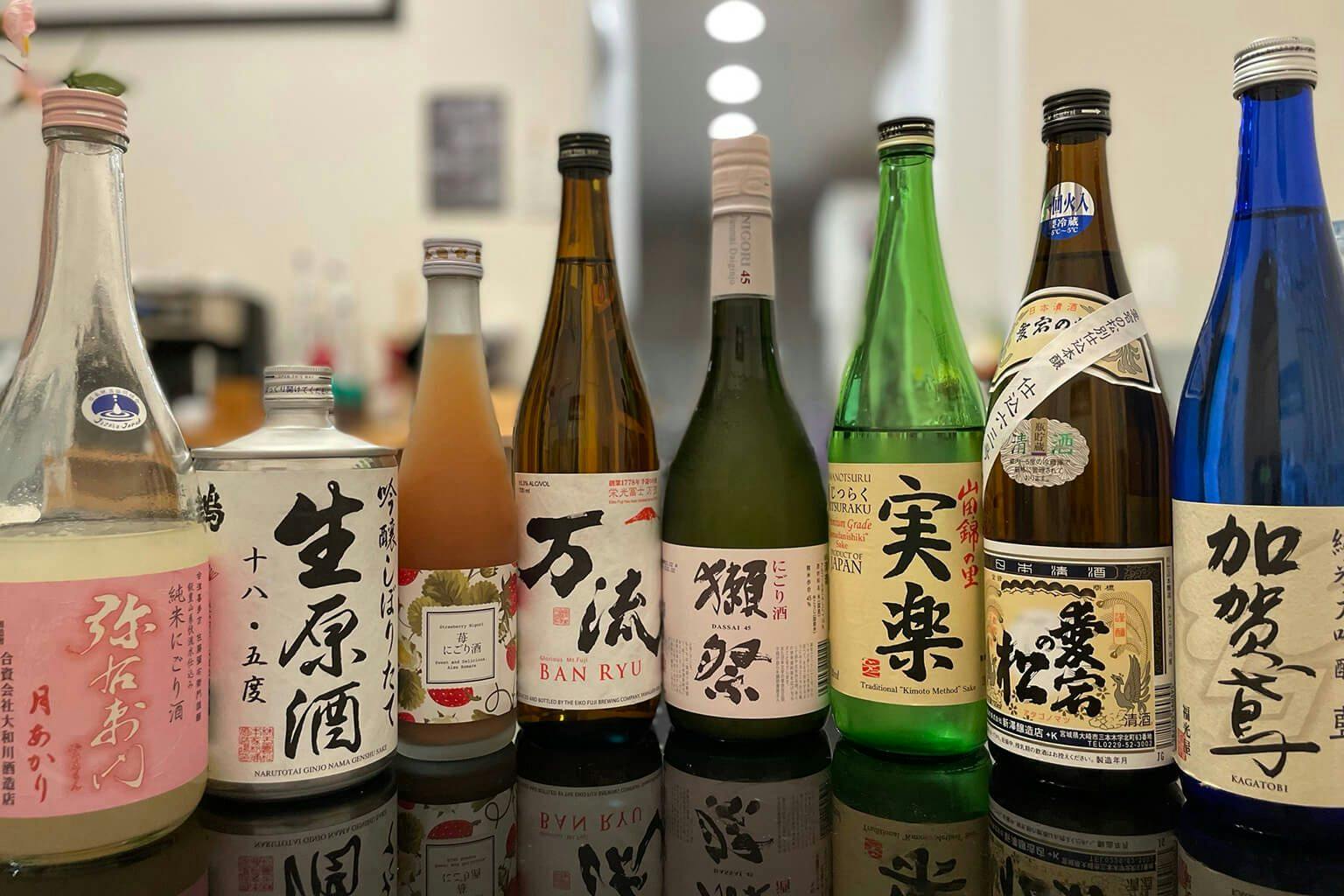Best Budget Sake Under $30 and $50
Table of Contents
Last updated: July 1, 2022.
Choosing sake can be a little overwhelming at first. It might be tempting to stick to one type of sake or assume that lower prices mean lower quality, but there’s actually a wonderful variety of cheap sake that are fantastic on the palate, versatile in temperature and food pairings, and budget friendly. Just a bit of sake knowledge can help you find the best cheap sake while making the search less puzzling and a lot more fun.
Why sake price range varies
Many factors influence sake price range, but it depends largely on the treatment of sake rice and rice polishing ratio (RPR). First, sake rice is not your table rice — it’s special! There are over 100 strains of sake rice and the most popular ones can cost three times more than table rice due to their durability, size and most importantly, a starchy center which is critical to the brewing process.
The RPR indicates how much of the grain remains after the outer layer of the rice is removed to reveal certain desired aromas and flavors. Daiginjo sake, known for refined, clean aromas and smooth textures, has an RPR of at least 50%. Since it requires significantly more rice, time and effort to achieve this level of polishing, daiginjo are typically priced at the high premium range.
Another aspect of grading is whether or not brewer’s alcohol is added, which may be used to reduce production costs and refine or accentuate certain aromas and flavors, such as with daiginjo, ginjo and honjozo styles. To be considered premium sake, however, the use of brewer’s alcohol must not exceed 10% of the weight of the rice used in brewing.
On the other hand, if you see the word “junmai,” this means that the sake is made purely from four main ingredients: rice, water, koji and yeast. Junmai is also known as “pure rice” sake.
How to choose good sake
It’s important that we don’t get too caught up in these figures. A low RPR doesn’t necessarily mean low quality or bad-tasting sake. Some breweries leave more of the rice grain by design to yield certain aromas and flavors. Consider these as starting points for learning about the grades of sake and how to choose a good sake. By fixating too much on grades, one could miss out on all the other amazing sake that’s worth sipping! (Read more about sake categories and find your sake type.)
We’ve gathered the best affordable sake by price range and style. Try a few and see which sake you like best!
Five best sake under $30
If you’re just starting your sake journey or simply wish to sip on affordable, quality sake, here are my picks for the best sake under $30.
Zuiyo “Hojun”
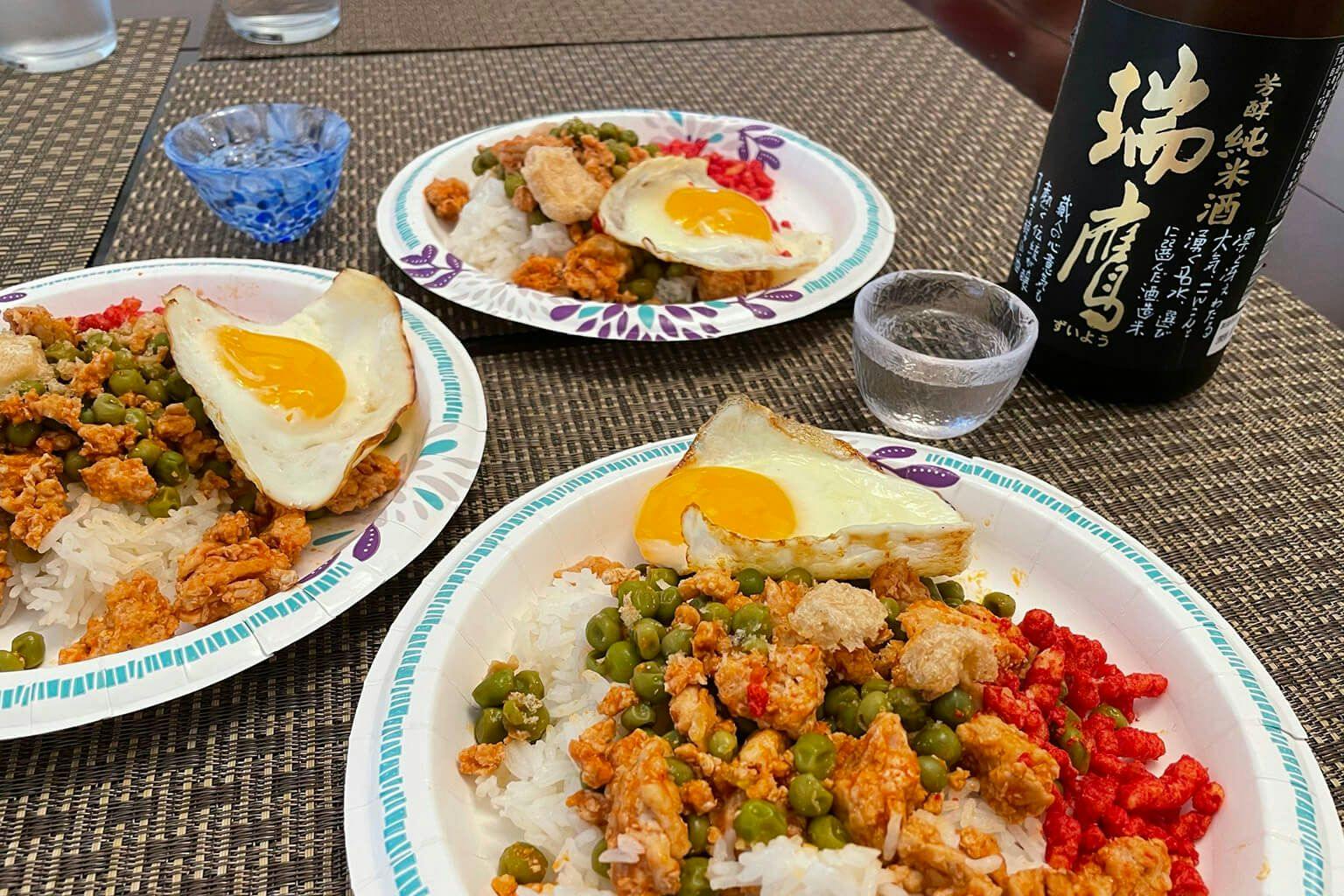
Zuiyo “Hojun” served with a pan-Asian mashup of turkey topped with eggs and a side of hot cheetos. | Photo by Louie Anne Batac-Nguyen.
Price: $25
Category: Junmai
Taste profile: Rich, dry, nutty
Food pairing: Rich and savory
This junmai from Kumamoto prefecture won gold at the National Kanzake Contest’s value-for-money, hot sake category (2018). The versatility of Zuiyo “Hojun” invites you to enjoy it at room temperature or over ice, and its richness is not lost in either direction.
Nihonsakari “Daiginjo”
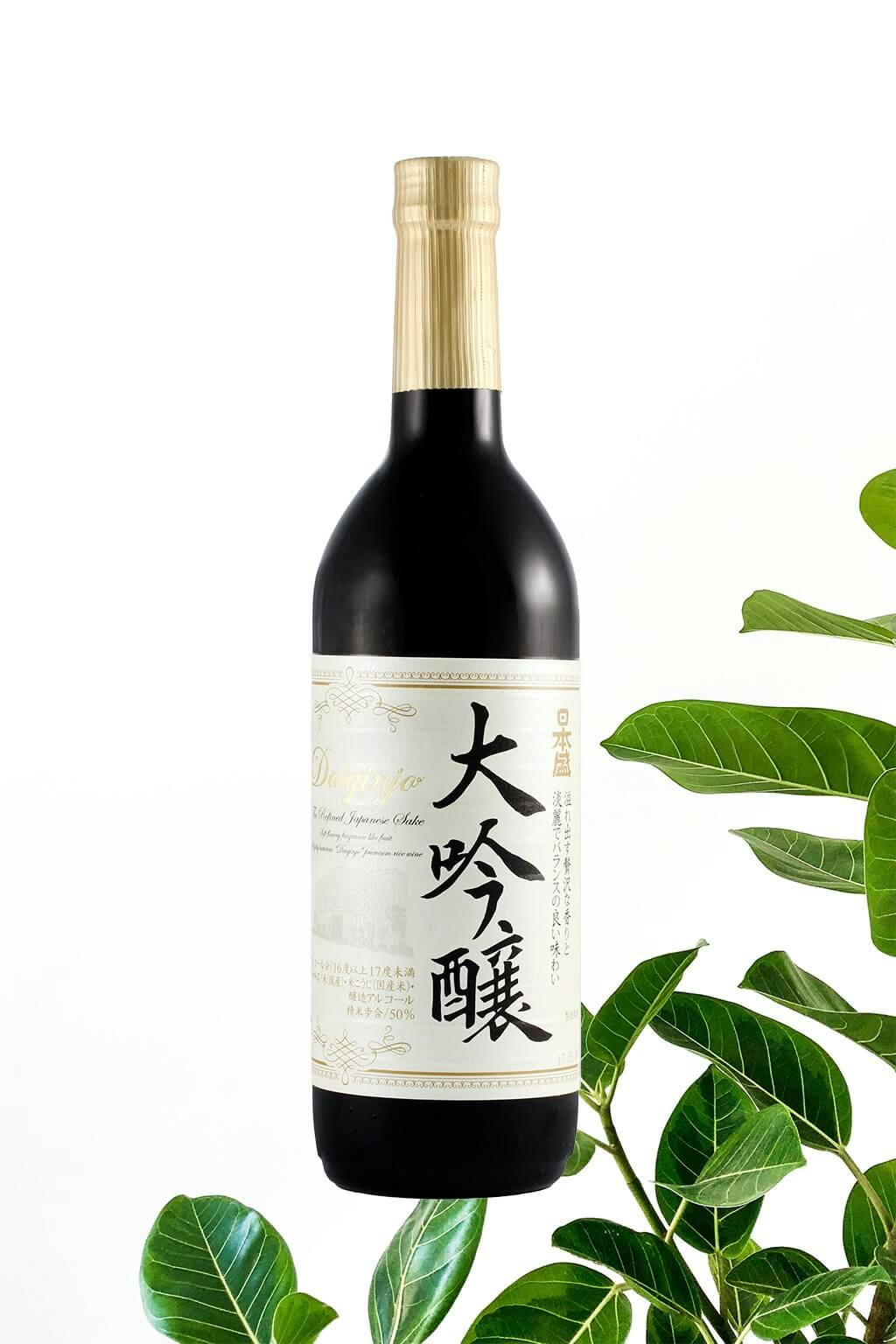
Price: $28
Category: Daiginjo
Taste profile: Light, dry, floral, fruity
Food pairing: Seafood
This sake is a steal considering that daiginjo styles are usually more expensive. If you’re curious about the comparison between daiginjo and white wine, make sure to grab a bottle of Nihonsakari “Daiginjo” and enjoy its light, floral aromatics in a wine glass.
Tamanohikari “Classic”
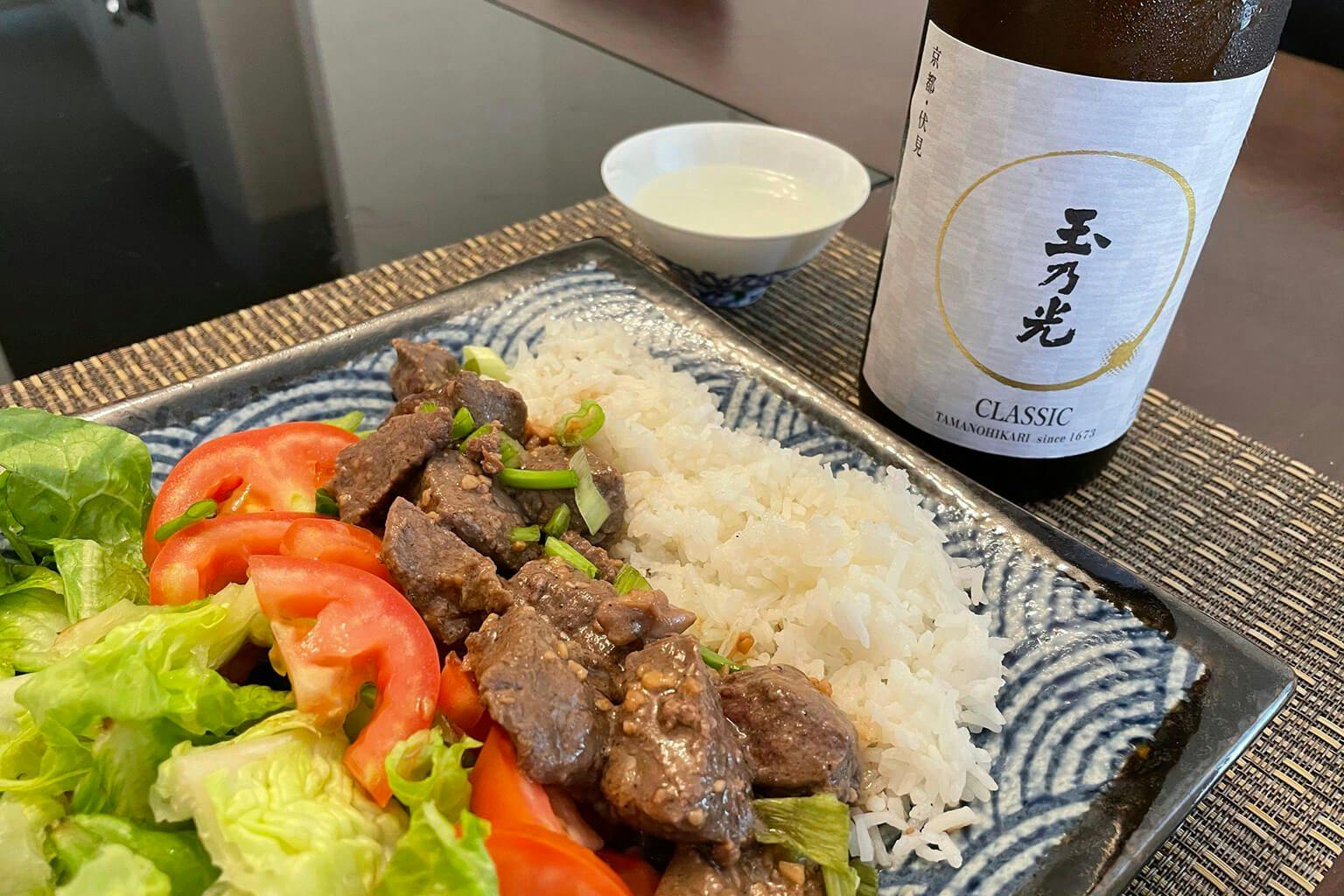
We do a lot of mixed dishes at home. We paired this classic sake with a Vietnamese-inspired beef salad. | Photo by Louie Anne Batac-Nguyen.
Price: $28
Category: Junmai ginjo, yamahai
Taste profile: Rich, dry, fruity, warm spices
Food pairing: Meat and seafood
When something is labeled as a “classic,” you know it’s a must-try. This yamahai sake is from Kyoto and is produced using a style of brewing that gives way to interesting flavors by allowing the lactic acid to develop naturally. Technical notes aside, if you haven’t had a yamahai before, let Tamanohikari “Classic” be your introduction.
Eiko Fuji “10,000 Ways”
Price: $28
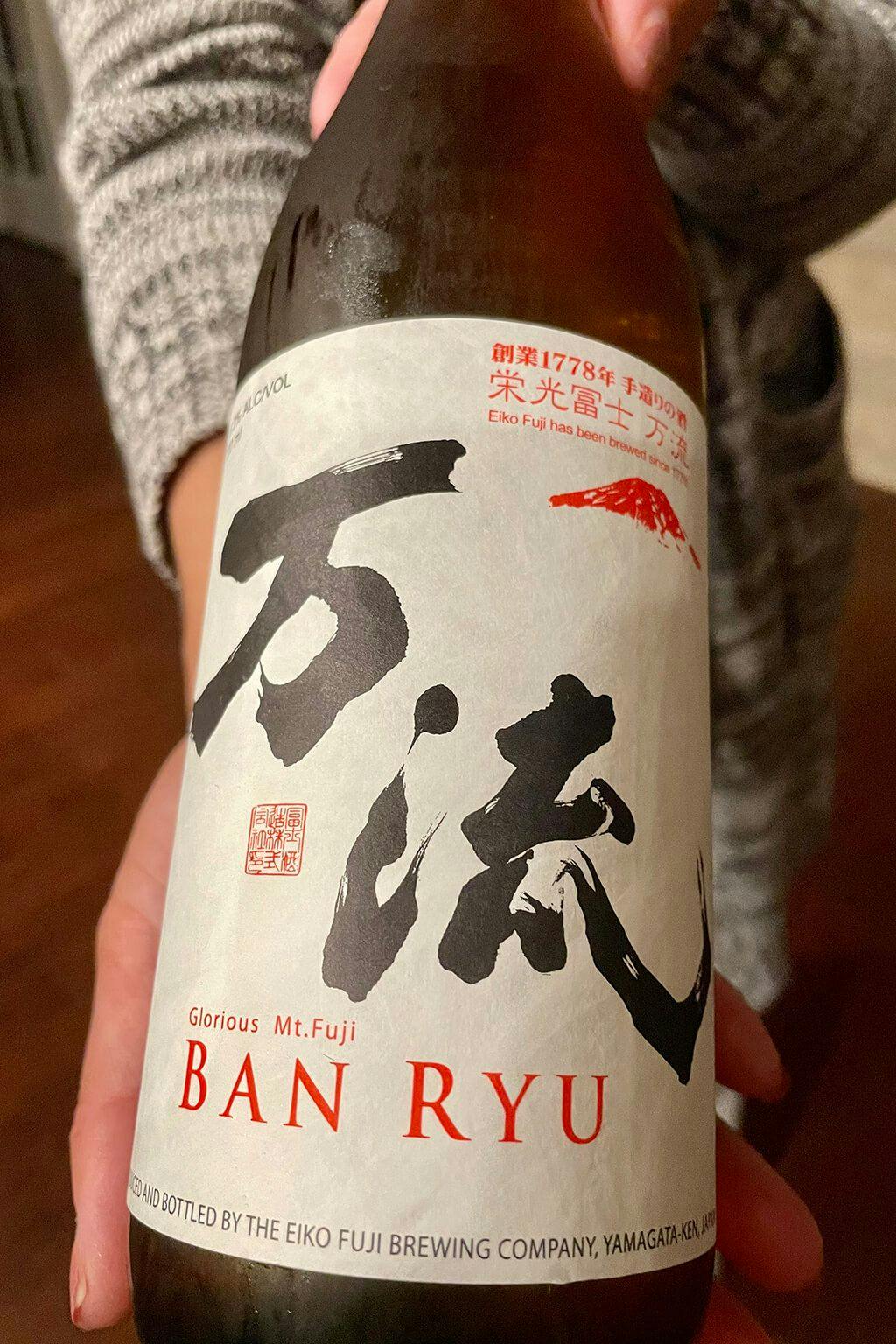
This honjozo is food friendly and light with a soft mouthfeel. | Photo by Louie Anne Batac-Nguyen.
Category: Honjozo
Taste profile: Light, sweet, orange, warm spices
Food pairing: Sweet and savory
This sake’s namesake philosophy captures the brewer’s passion to share the magic of sake. With a cherry nose and notes of orange and sweet spice, I sipped happily on “10,000 Ways” as I thought of possible pairings: seared duck with pomegranate glaze, crispy Filipino lumpia with sweet and sour sauce, aburi sushi — even Thanksgiving turkey!
Yauemon “Tsukiakari” Nigori
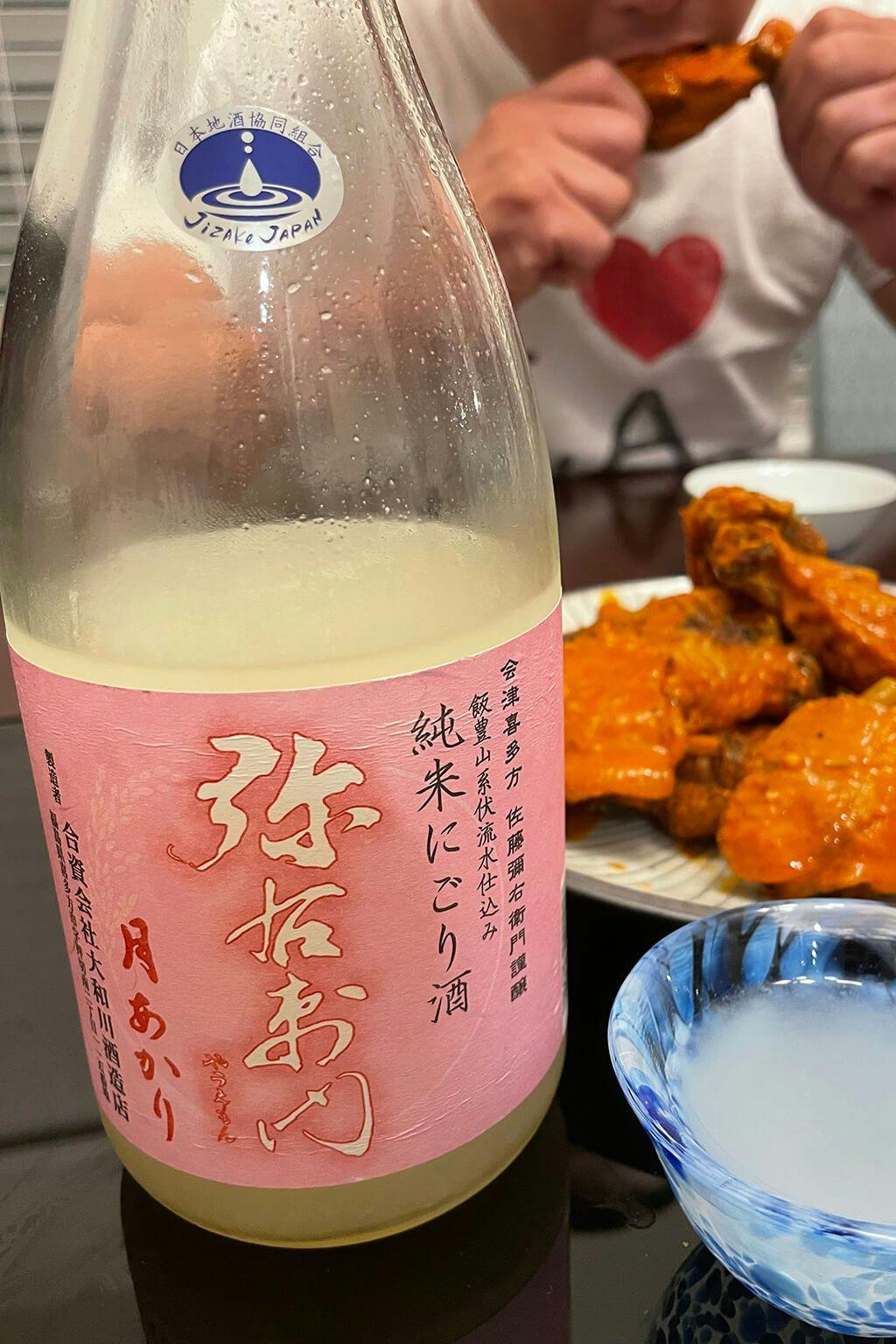
The ricey sweetness of this sake is very appealing. | Photo by Louie Anne Batac-Nguyen.
Price: $24
Category: Junmai, nigori
Taste profile: Rich, sweet, ricey
Food pairing: Rich cheese, seafood
Nigori styles are hit-or-miss for me, but I consider “Tsukiakari” one of the best nigori sake! The pink label hints at its sweet profile and tastes like a delightful rice dessert. I’m not sure why, but it reminds me of the scene in “Mean Girls” when Regina George tells the new girl, “Wait, sit down. Why don’t I know you?” It just grabs your attention and decides to be friends with you.
Homare “Yuzu”
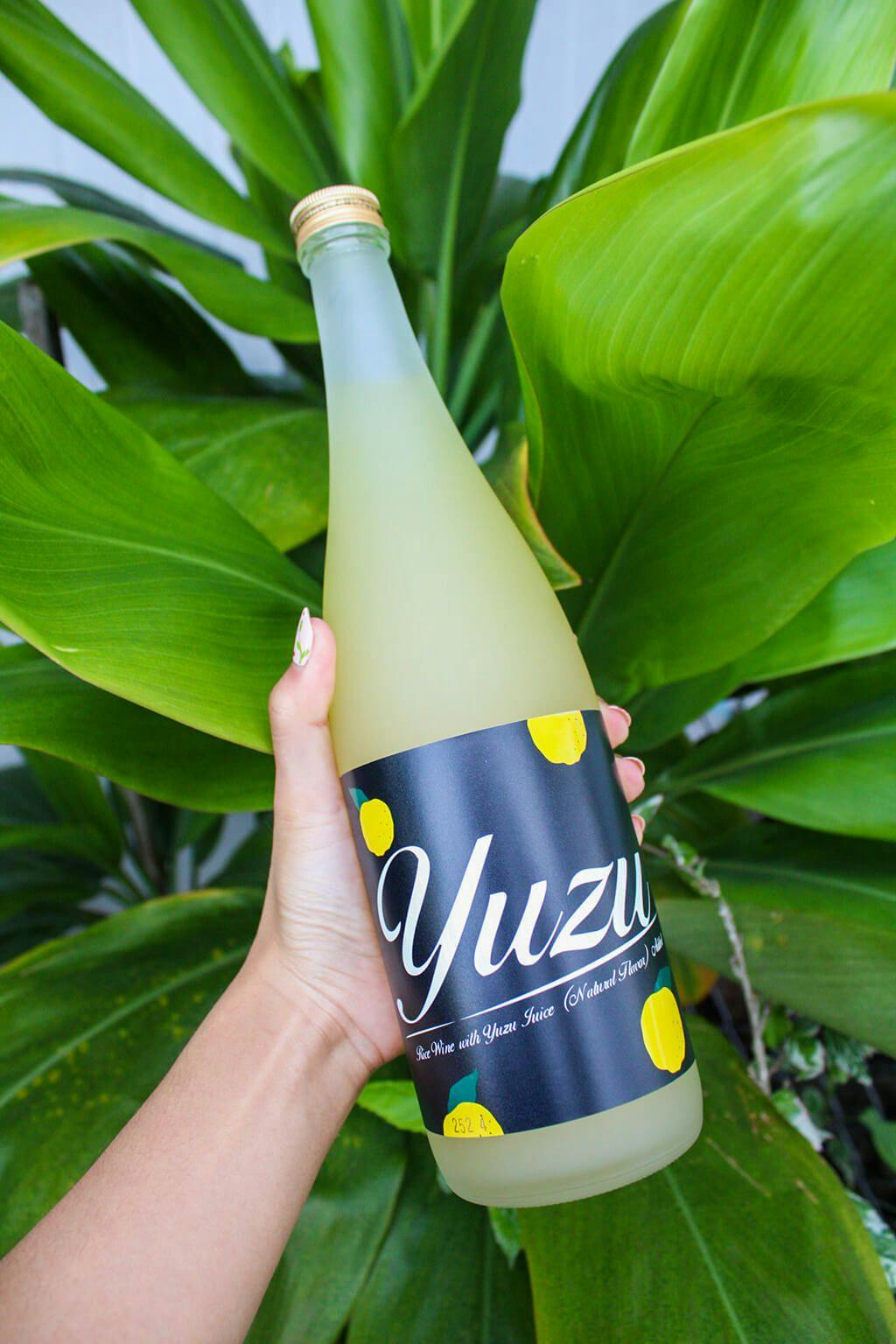
Price: $29
Category: Flavored
Taste profile: Rich, dry, yuzu
Food pairing: Aperitif
Yuzu has become ubiquitous. But before you grab another yuzu-inspired something, treat yourself to an authentic, richly-flavored yuzu sake that will show you why this fruit is so beloved in Japan. On the rocks or as a cocktail base, Homare “Yuzu” could easily become your go-to summer drink.
Five best sake under $50
If you’re looking for a crowd favorite, these five best sake under $50 won’t let you down.
Shichida “Junmai”
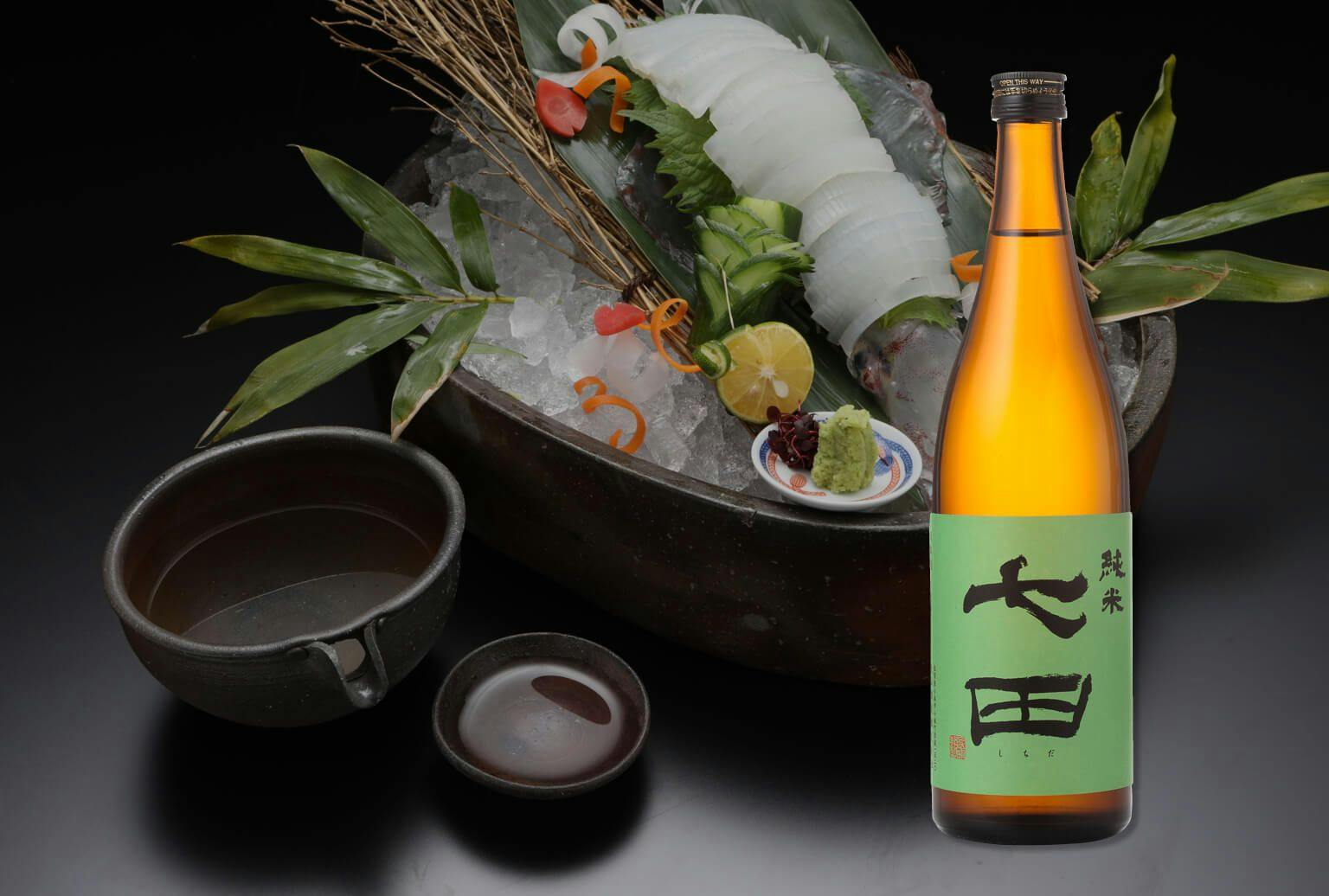
Price: $50
Category: Junmai, genshu
Taste profile: Rich, dry, honey, melon
Food pairing: White fish
This junmai is a gold winner from Saga prefecture, a region known for top-grade beef, local seafood and craft sake. Shichida “Junmai” leans a bit sweet with tropical notes of banana, melon and honey, but is also met with a mild acidity that doesn’t disrupt the richness of this sake. Keep sipping to uncover its umami.
Tengumai “50”
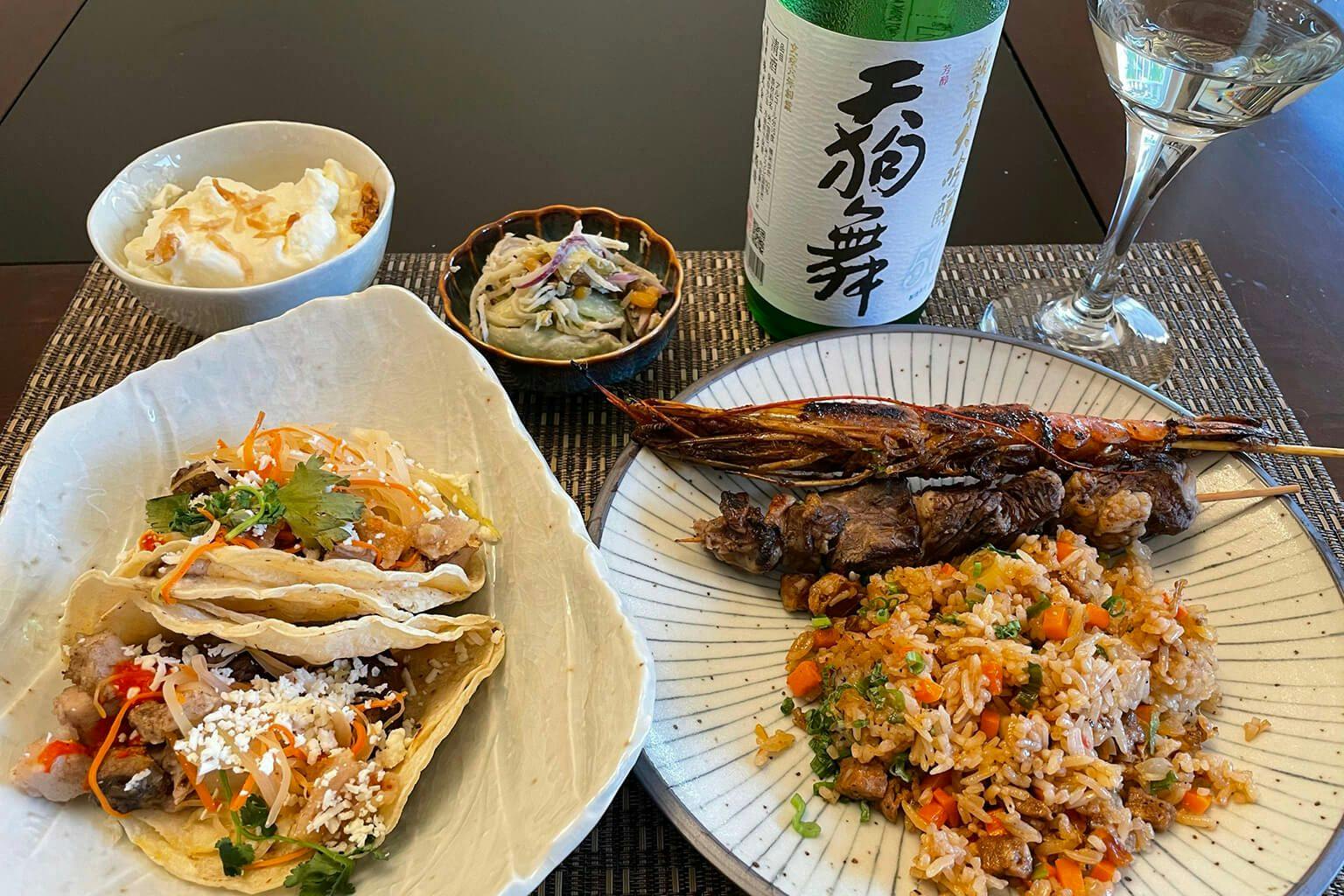
This crisp, semi-dry daiginjo was a good pairing for all the flavors in this modern Filipino meal of lechon tacos, shrimp skewers, bagoong fried rice and summer vegetables in coconut sauce made by Filipino chefs in the DC area. | Photo by Louie Anne Batac-Nguyen.
Price: $33
Category: Junmai daiginjo
Taste profile: Light, dry, mint, pear
Food pairing: Asian fusion
This junmai daiginjo is aged for a short time, and with a polishing ratio of 50%, it is light and refreshing when served slightly chilled. Tengumai “50” is perfect for Japanese cuisine, but also great with dishes that are harder to pair with like this mix of Filipino-inspired fried rice with shrimp paste and salad with a coconut ginger mayo.
Narutotai “Ginjo” Nama Genshu
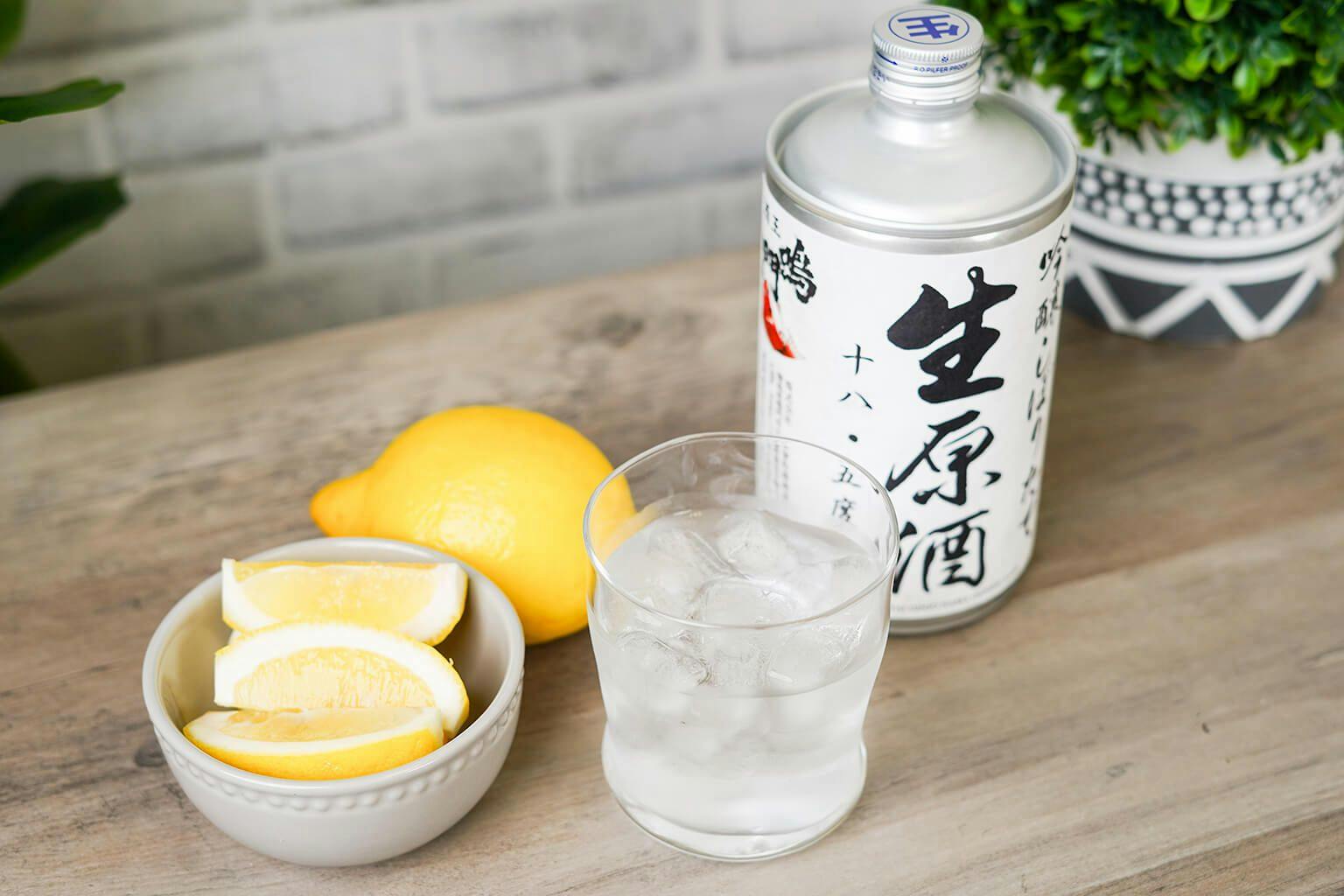
This is a great genshu style sake to sip on.
Price: $42
Category: Ginjo, nama, genshu
Taste profile: Rich, dry, nutty, herbaceous
Food pairing: Rich and smoky
I don’t usually reach for “genshu” (undiluted sake), but Narutotai “Ginjo” is fresh, smooth and not heavy. Let it aerate for just a few minutes after taking it out of the fridge. Comforting cashew notes pairs nicely with gouda and smoked brisket.
Atago no Matsu “Tokubetsu Honjozo”
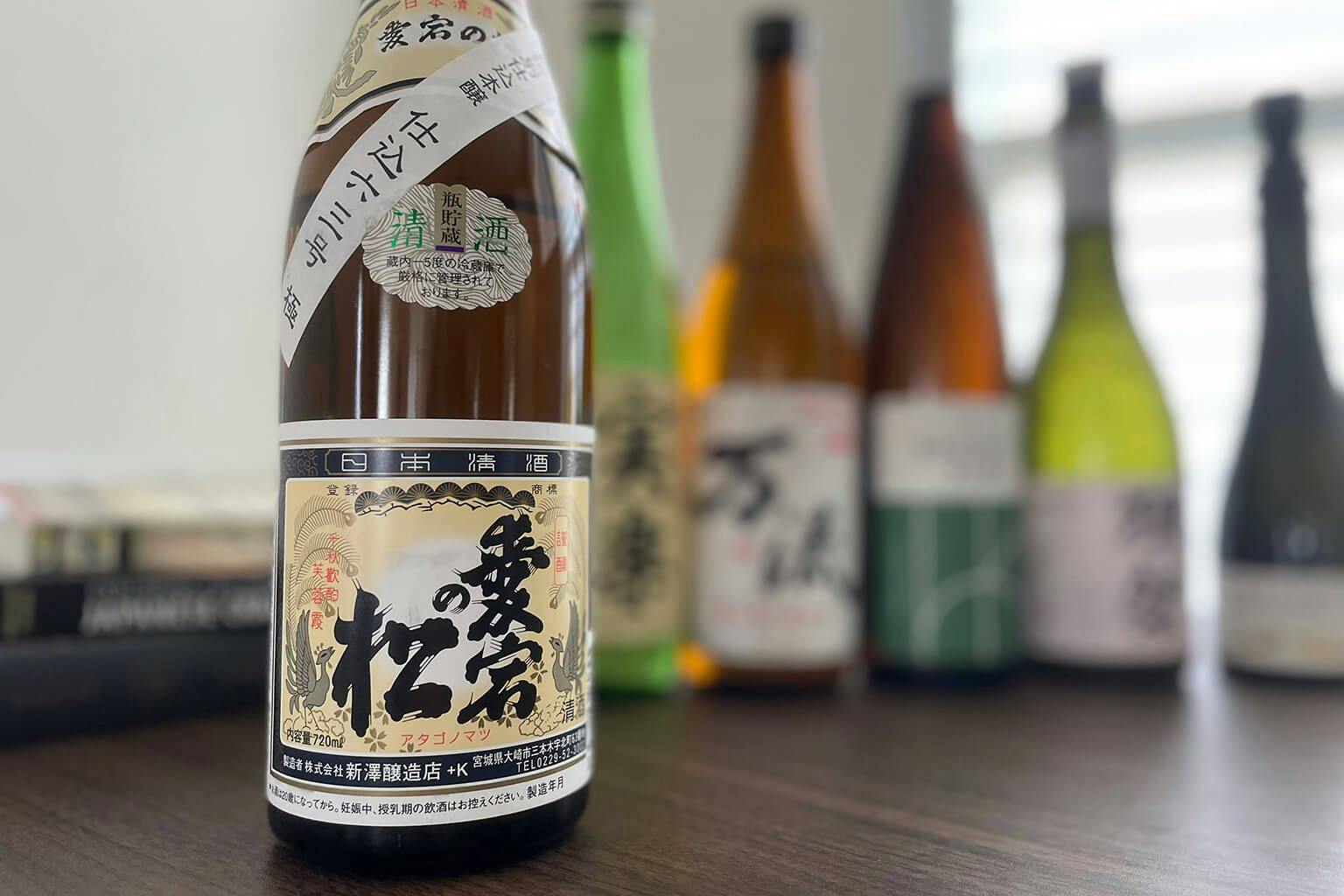
Keep this one on hand. It’s a perfect sake to begin the evening with friends. | Photo by Louie Anne Batac-Nguyen.
Price: $33
Category: Tokubetsu honjozo
Taste profile: Rich, dry, fruity
Food pairing: Meat and seafood
This is one of the best honjozo I’ve ever tried and it became an instant favorite in our household. Atago no Matsu “Tokubetsu Honjozo” is truly food friendly and easy to drink. Although there are certainly notes of apple and banana, and the RPR sits at 60%, it’s neither too fruity or too ricey.
Dassai “45” Nigori
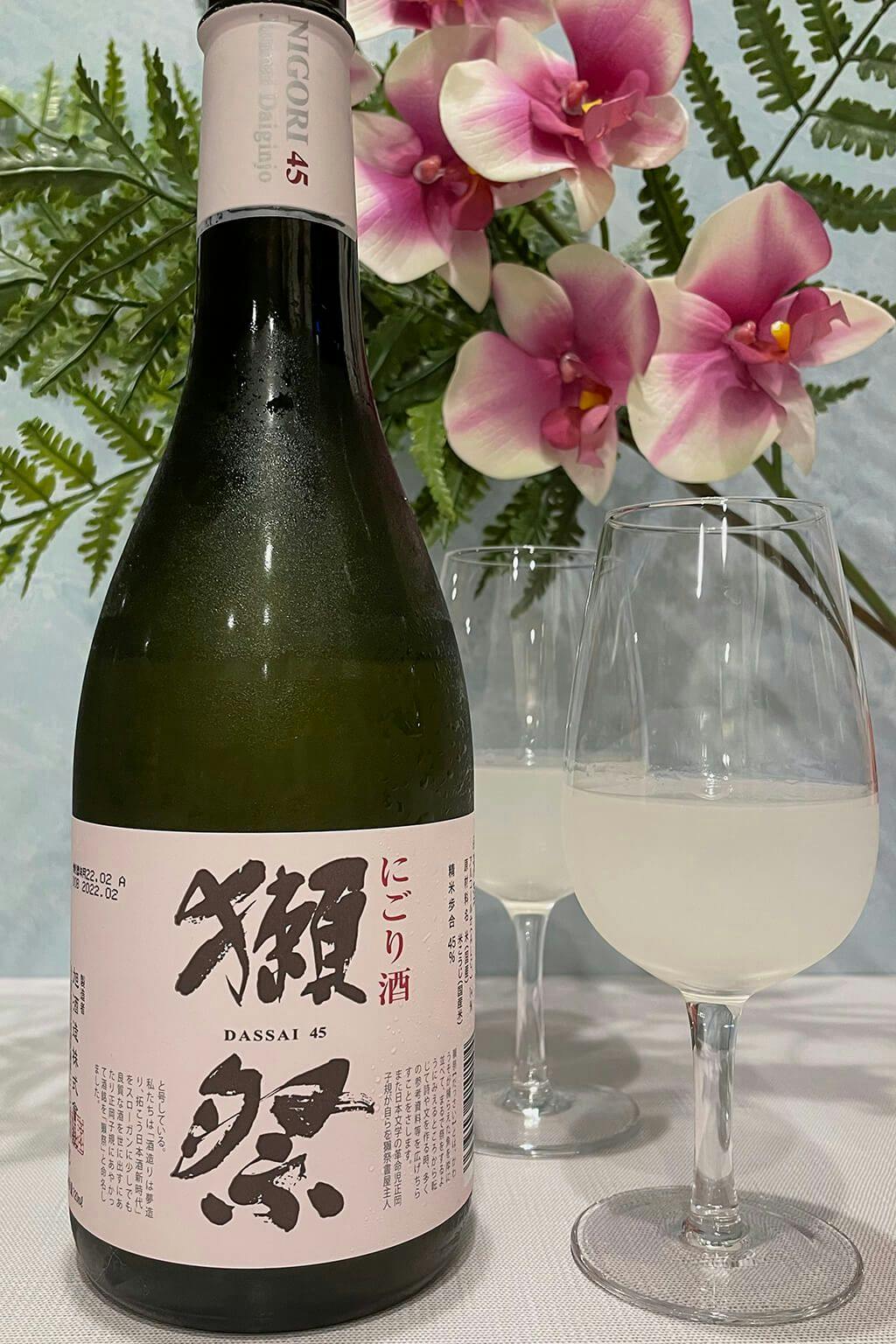
We enjoyed the lightness of Dassai’s nigori sake. | Photo by Louie Anne Batac-Nguyen.
Price: $35
Category: Junmai daiginjo, nigori
Taste profile: Light, dry, creamy, fruity
Food pairing: Fresh fruit
Dassai has a reputation for amazing, high-end sake. With an RPR of 45%, this nigori starts off creamy then becomes light and fluffy on the palate like cotton candy. Drink Dassai “45” Nigori on its own or serve it cold with chilled fruit for a refreshing treat.
Kamikokoro “Momo”
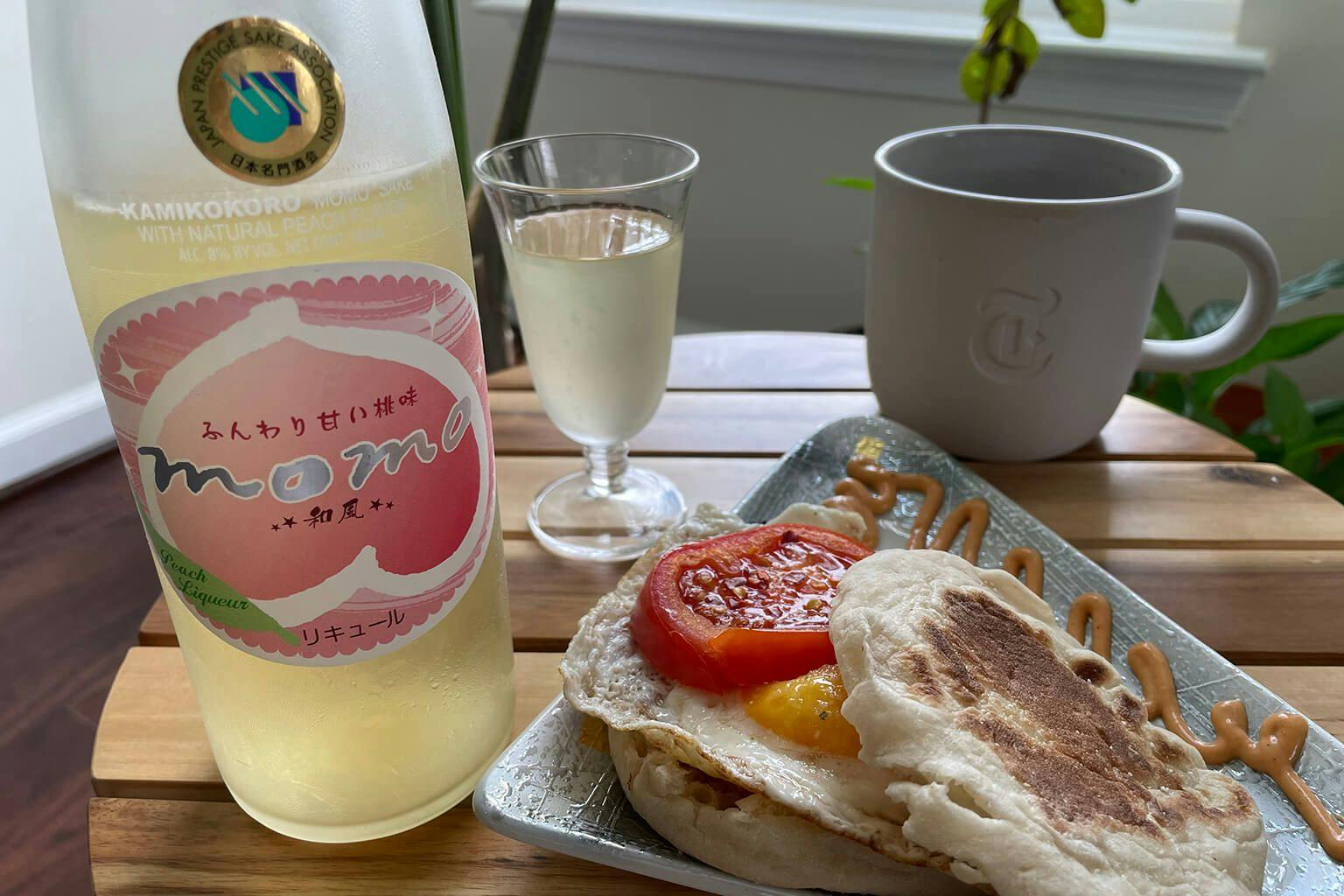
A delicious flavored sake for brunch. | Photo by Louie Anne Batac-Nguyen.
Price: $37
Category: Flavored
Taste profile: Rich, sweet, peach
Food pairing: Brunch, aperitif
This peach-flavored sake from Okayama prefecture, the home of Momotaro (“Peach Boy”), has a relatively low ABV (8%) that’s perfect for summer. The texture is like sweet nectar that’s so satisfying when served chilled or over ice. Garnish a glass of Kamikokoro “Momo” with mint and think about your next flavored sake as this brewery has so many to choose from.
Most affordable sake at Tippsy
So you want to try all kinds of premium sake and not break the bank? These are the most affordable sake from different categories.
Sawanotsuru “Jitsuraku”
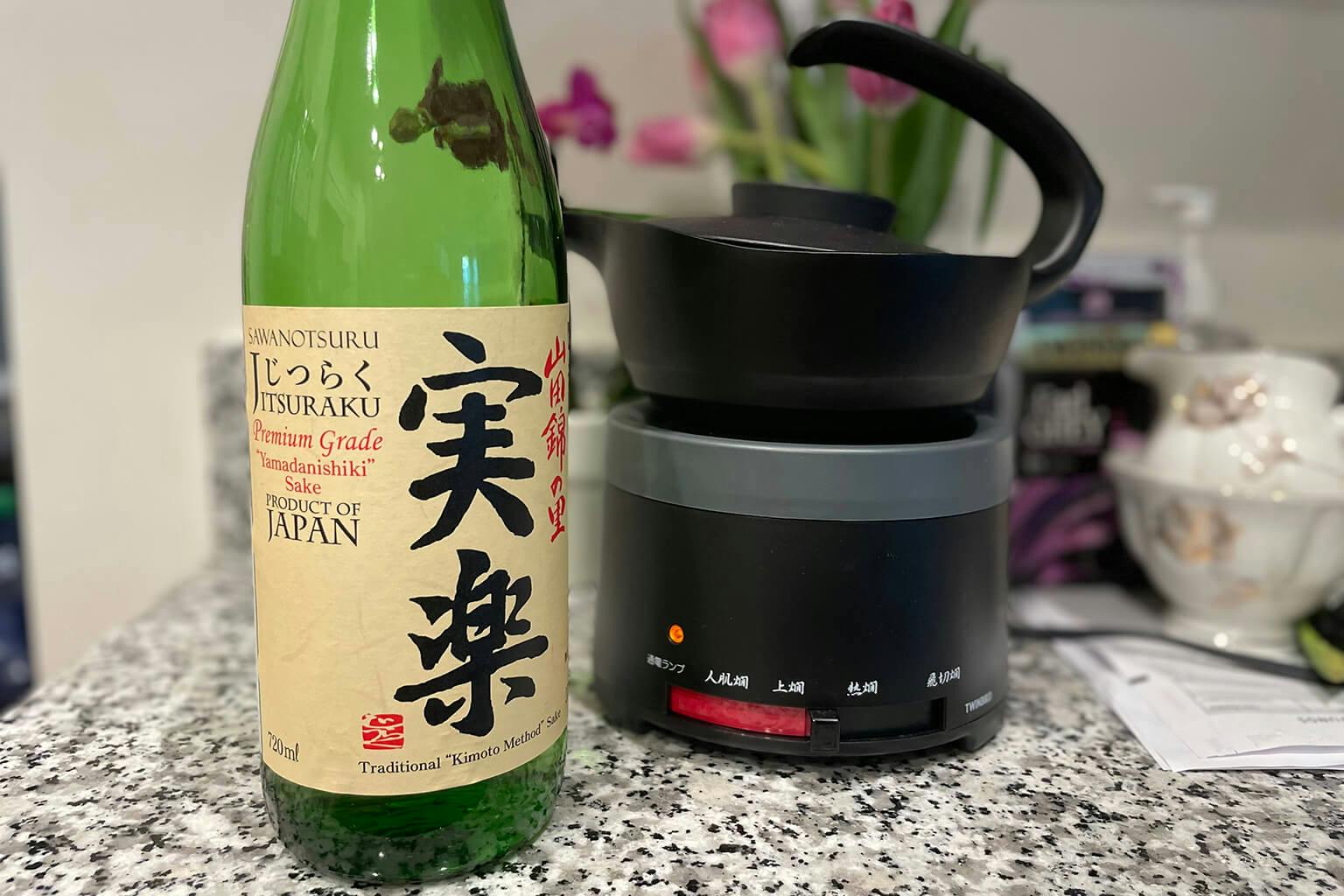
This kimoto is one of the most affordable and best warm sake. See our guide for the proper way to prepare and serve sake at different temperatures. | Photo by Louie Anne Batac-Nguyen.
Price: $20
Category: Junmai, kimoto
Taste profile: Rich, dry, earthy
Food pairing: Meat and seafood
This rich, dry sake can be served cold but is probably the best warm sake of the bunch and is as sippable as a cup of tea. The kimoto style of brewing adds complexity to it. Sawanotsuru “Jitsuraku” is a great choice for those days of summer rain.
Kagatobi “Ai”
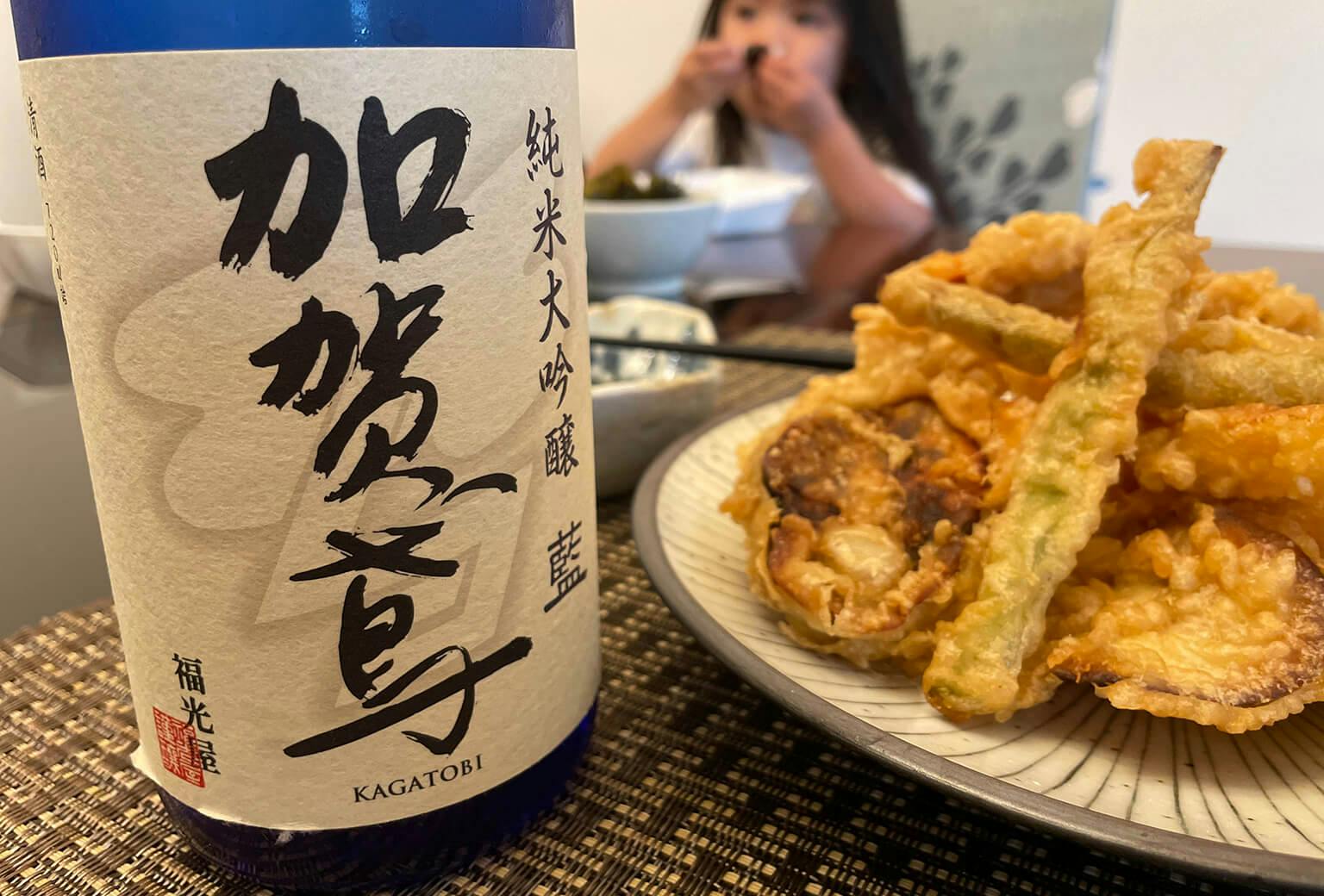
This sake is somewhat dry and goes well with fried dishes like tempura. | Photo by Louie Anne Batac-Nguyen.
Price: $42
Category: Daiginjo
Taste profile: Light, dry, mildly fruity, anise
Food pairing: Seafood, savory
The deep blue of this bottle is enough to push my cares away! This is another very affordable daiginjo with a mildly fruity aroma. Kagatobi “Ai” is clean and light with a slightly sharp finish that works great for tempura and lobster rolls. I’d love to try this with watermelon and salt, or meatballs topped with Parmesan cheese.
Kizakura “Hana Kizakura”
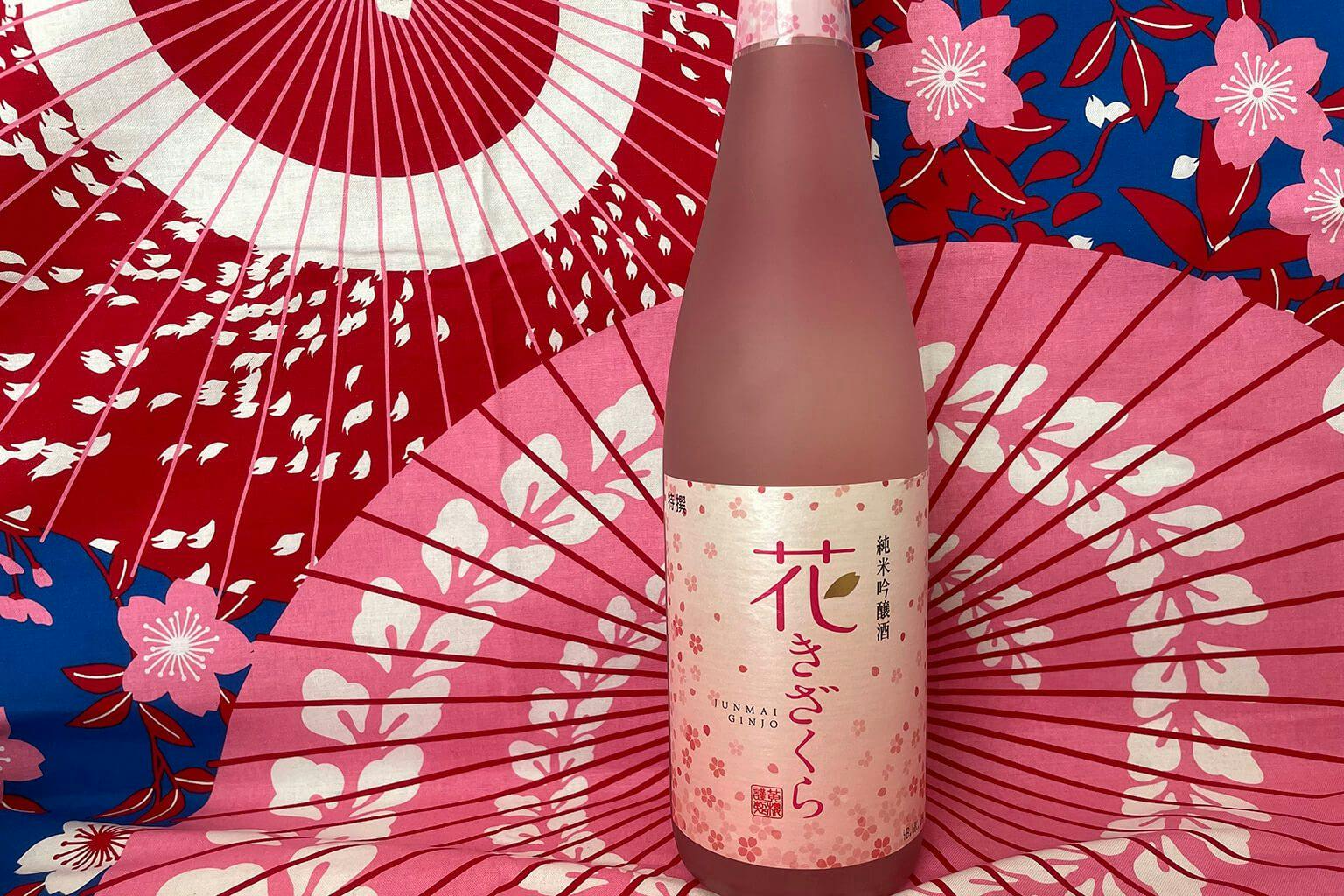
This light ginjo sake is very approachable for sake beginners. | Photo by Louie Anne Batac-Nguyen.
Price: $23
Category: Ginjo
Taste profile: Light, sweet, apple, cherry blossoms
Food pairing: Seafood
There’s a special place in my heart for Kizakura for being one of the first sake I ever tried with Tippsy. It’s also the first sake I intentionally paired with a homemade salmon poke bowl. The design is iconically Japanese with the prettiest cherry blossoms. Light and sweet, it washes over you like soft waves.
Ozeki “Karatamba”
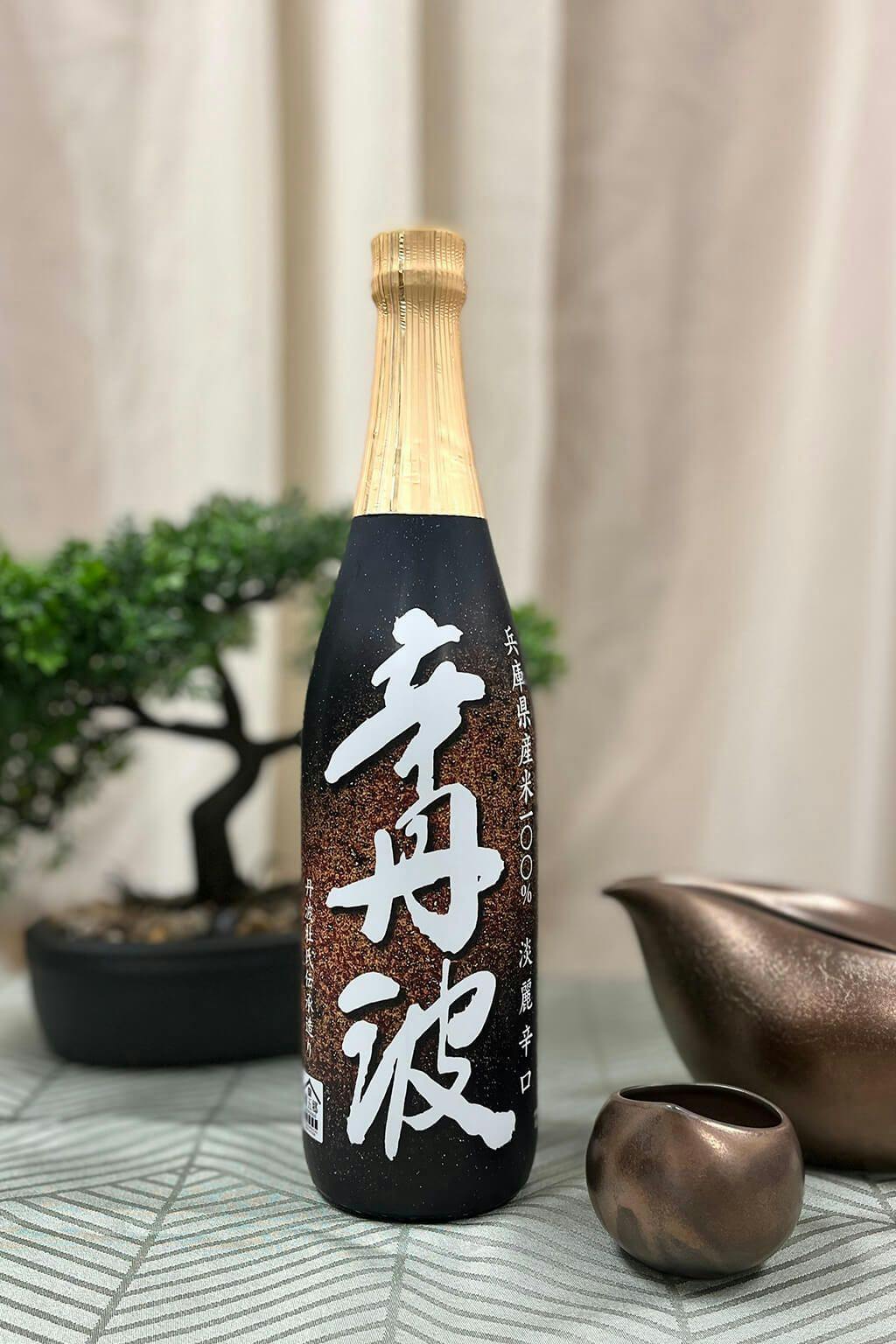
Price: $22
Category: Honjozo
Taste profile: Light, dry, earthy, mineral
Food pairing: Rich and meaty
This honjozo is extra dry, making it a great companion for different cuisines. Try Ozeki “Karatamba” with garlic steak, Xi’an style cumin lamb noodles, or richly-flavored menudo. Also a gold medal winner, it is made in Hyogo prefecture, the largest sake-producing region in Japan.
Kurosawa “Nigori”
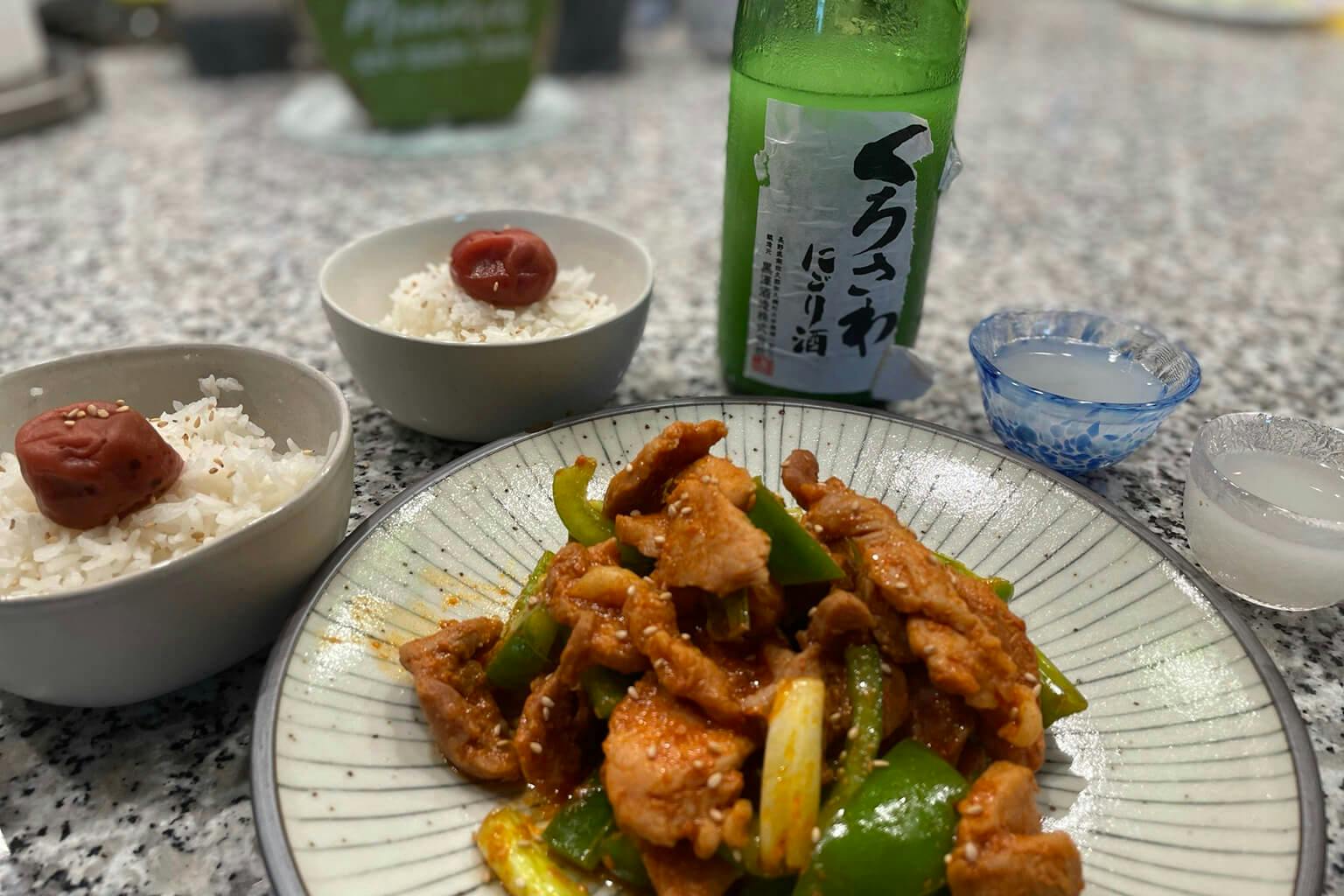
A must-try nigori and a great match for spicy food. | Photo by Louie Anne Batac-Nguyen.
Price: $24
Category: Junmai, nigori
Taste profile: Rich, sweet, creamy, fruity
Food pairing: Spicy
This sake from Kurosawa is really the perfect introduction to nigori sake at a very affordable price. It has a milky appearance and creamy texture that works well in balancing out spicy dishes. Don’t forget to gently shake it to wake up all that goodness!
Homare “Strawberry” Nigori
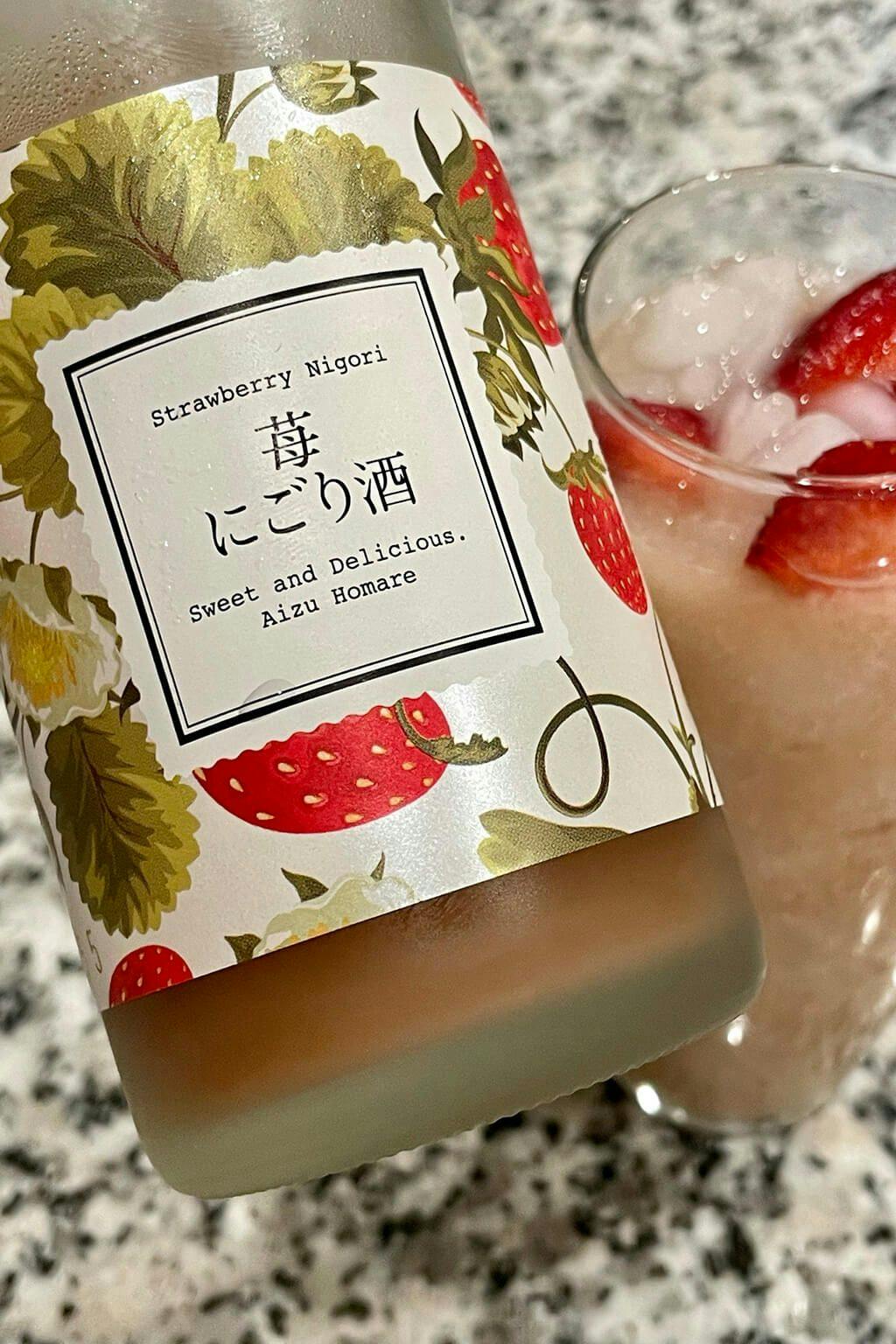
There are so many fun possibilities with this strawberry nigori! | Photo by Louie Anne Batac-Nguyen.
Price: $12
Category: Flavored, nigori
Taste profile: Rich, sweet, creamy, strawberry
Food pairing: Fresh fruit
Well, what can be said about this sake except it’s absolutely delish! Thick and luscious, it really is like drinking a strawberry smoothie. Thankfully, Homare “Strawberry” Nigori is only 8.5% ABV, so you can enjoy it as an aperitif, dessert or midday treat. Just be careful not to take it to the gym!
All types of sake can fit your budget
Although sake grades and rice polishing ratios are important to the brewing process, all sake brewers have a shared goal: to produce sake that you can enjoy. The best way to enjoy sake is to try the styles that fit your budget and taste buds.
What’s on your list of best sake? We’d love to hear your thoughts at #tippsysake!

Louie Anne Batac-Nguyen
Louie Anne lived and worked in beautiful Okinawa, Japan for 10 years, and brings with her a deep appreciation for Japanese culture. As a cultural writer and editor, she seeks to share her experiences and bridge connections with fellow travelers and dining enthusiasts.
Learn about Tippsy’s Editorial process
Recent posts
All about sake
Sign up to receive special offers and sake inspiration!
